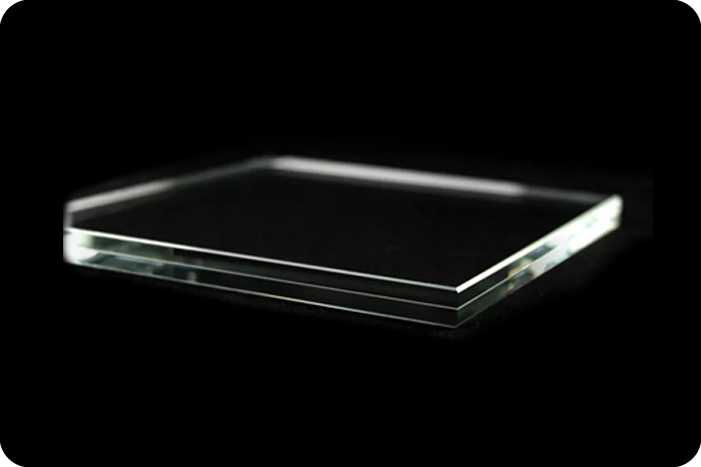In our modern world, noise pollution has become an insidious disruptor of tranquility. Urban sprawl, bustling traffic, and industrial operations bombard us with relentless sound waves. As individuals and organizations seek innovative solutions to mitigate this auditory chaos, low reflective laminated glass has emerged as a silent yet powerful ally in the battle against noise.
The Science Behind Laminated Glass
Laminated glass is engineered by bonding two or more layers of glass with a specialized interlayer, typically made of polyvinyl butyral (PVB) or ethylene-vinyl acetate (EVA). This composition transforms ordinary glass into a multifunctional marvel. While primarily designed for safety, the interlayer in laminated glass also serves as an acoustic barrier, dampening vibrations that carry sound waves. The inclusion of a low reflective coating further enhances its functionality by reducing glare, ensuring optimal visibility while maintaining aesthetic appeal.
How Does It Reduce Noise?
Sound travels through air as vibrations, and when it encounters a solid surface, part of the energy is transmitted, reflected, or absorbed. Laminated glass excels in minimizing sound transmission due to its unique construction. The interlayer acts as a cushion, disrupting the propagation of sound waves and reducing their intensity. This is particularly effective in filtering mid to high-frequency noises—the very sounds often associated with urban environments, such as car horns, construction activities, and aircraft engines.
Studies have demonstrated that laminated glass can achieve a Sound Transmission Class (STC) rating of 35-40, depending on its thickness and composition. For comparison, ordinary glass typically has an STC rating of around 27. This improvement represents a significant reduction in perceivable noise levels, creating quieter, more serene spaces.

Applications Across Industries
The versatility of low reflective laminated glass makes it a preferred choice for various sectors:
Residential Spaces: Homeowners in bustling neighborhoods benefit from its ability to create peaceful indoor sanctuaries.
Commercial Buildings: Office spaces near highways or urban centers leverage this glass to enhance employee productivity by minimizing auditory distractions.
Healthcare Facilities: Hospitals and clinics use laminated glass to foster calming environments essential for patient recovery.
Transportation Hubs: Airports, train stations, and bus terminals incorporate this glass to buffer the cacophony of transit.
Added Advantages of Low Reflective Coatings
The low reflective property of this glass is not merely a visual enhancement; it’s a functional upgrade. By reducing glare, it ensures comfortable viewing in environments with abundant natural light. Furthermore, this feature complements the acoustic benefits, making the glass ideal for spaces where both visual and auditory comfort are priorities, such as libraries and high-end retail stores.
Environmental and Cost Considerations
While the upfront investment in low reflective laminated glass may exceed that of standard glazing, its long-term benefits are undeniable. Beyond noise reduction, it offers improved energy efficiency by enhancing insulation, leading to lower heating and cooling costs. Moreover, its durability ensures a longer lifecycle, reducing the need for frequent replacements and contributing to sustainability goals.
Low reflective laminated glass is more than just a building material; it’s a transformative solution for modern living. By effectively reducing noise pollution and enhancing visual comfort, it addresses two critical aspects of our built environment. Whether in homes, offices, or public spaces, this innovative glass creates an oasis of calm amidst the clamor of contemporary life. For those seeking a harmonious blend of functionality and sophistication, low reflective laminated glass stands as an indispensable choice.





